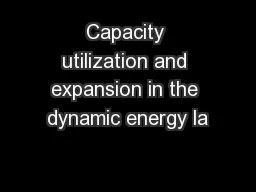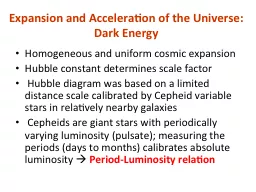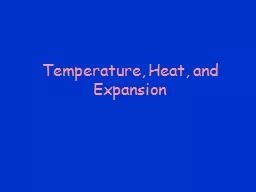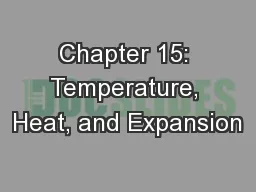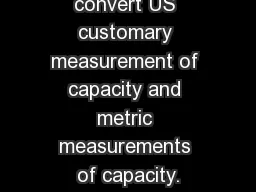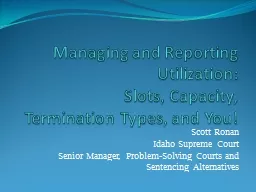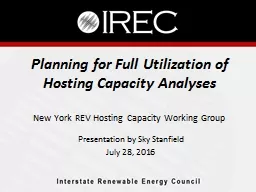PPT-Capacity utilization and expansion in the dynamic energy la
Author : conchita-marotz | Published Date : 2017-04-11
Jeffrey C Peters PhD Candidate Dec 2015 Center for Global Trade Analysis Purdue University Thomas W Hertel Executive Director Center for Global Trade Analysis
Presentation Embed Code
Download Presentation
Download Presentation The PPT/PDF document "Capacity utilization and expansion in th..." is the property of its rightful owner. Permission is granted to download and print the materials on this website for personal, non-commercial use only, and to display it on your personal computer provided you do not modify the materials and that you retain all copyright notices contained in the materials. By downloading content from our website, you accept the terms of this agreement.
Capacity utilization and expansion in the dynamic energy la: Transcript
Download Rules Of Document
"Capacity utilization and expansion in the dynamic energy la"The content belongs to its owner. You may download and print it for personal use, without modification, and keep all copyright notices. By downloading, you agree to these terms.
Related Documents

